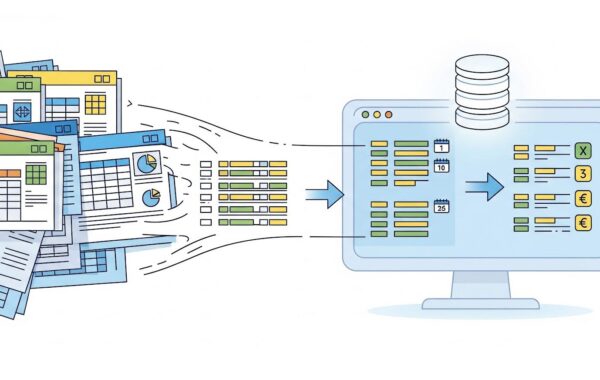Since first being published in May 1999, the Web Content Accessibility Guidelines (WCAG) have remained the standard for web accessibility globally.
Over the years, there have been three versions of WCAG including; 1.0, 2.0, and 2.1, and in Feb 2020, the W3C released its first public working draft of its latest version, WCAG 2.2.
While the structure and content of WCAG 2.2 is the same as 2.1 and 2.0, version 2.2 will also include new accessibility requirements, called “success criteria”, but more on this later.
First, let’s recap what Web Content Accessibility Guidelines are.
For those of you who are new to accessibility, WCAG is a set of specific standards designed to make the web more accessible to people with disabilities. These guidelines are primarily intended for web designers and developers, or anyone else who needs a standard for web or mobile accessibility.
It’s published by the World Wide Web Consortium (W3C) Web Accessibility Initiative (WAI) in collaboration with individuals and organisations all over the world.
WCAG is currently on its third version with three conformance levels (regardless of the rendition) that must be adhered to.
These W3C levels are:
- Level A: For Level A conformance (the minimum measure of conformance), the Web page satisfies all the Level A Success Criteria, or provides a conforming alternate version.
- Level AA: For Level AA conformance, the Web page satisfies all the Level A and Level AA Success Criteria, or provides a Level AA conforming alternate version.
- Level AAA: For Level AAA conformance, the Web page satisfies all the Level A, Level AA and Level AAA Success Criteria, or provides a Level AAA conforming alternate version.
For a thorough understanding of the conformance levels, you can read more here.
So what does the new WCAG 2.2 update include?
In a nutshell, a big part of this update includes guidelines for mobile device accessibility.
According to the published draft “WCAG 2.2 was initiated to continue the work of WCAG 2.1 by improving accessibility guidance for users with cognitive or learning disabilities, users with low vision, and users with disabilities on mobile devices.”
WCAG 2.2: Why is it necessary?
Due to the increase in the number of mobile users globally, this update was essential to ensure that websites are created to optimise mobile usability.
The good news is that WCAG 2.2 is “backward compatible” which means that it extends WCAC 2.0 and 2.1. Therefore, if you conform to WCAG 2.2, you’ll automatically be conforming to 2.0 and 2.1 as well.
As mentioned a little earlier on, The Editor’s draft indicates nine new success criteria:
– Four at Level A,
– Four at Level AA, and
– One at Level AAA.
The nine proposed criteria are:
Guideline 2.4 Navigable
- 2.4.11 Focus Appearance (Minimum) (AA)
- 2.4.12 Focus Appearance (Enhanced) (AAA)
- 2.4.13 Fixed Reference Points (A)
Guideline 2.5 Input Modalities
Guideline 3.2 Predictable
Guideline 3.3 Input Assistance
It’s important to note that in version 2.2, success criteria 2.4.7 Focus Visible has been changed from Level AA to Level A. This means that this guideline is now a basic requirement for web accessibility.
When will it be published?
While there is no confirmed date, WCAG 2.2 is scheduled to be published as a final standard in 2021.
Conclusion
With each new version of WCAG, the web becomes accessible to more users worldwide. It is for that reason that businesses everywhere should implement these guidelines as soon as possible.
At Little Forest, we understand the importance of Web Accessibility, which is why we work with you to flag any problem areas and allow your users to have an effortless journey.
Our platform gives you instant reports on how your pages perform against all major standards, and we continuously upgrade our systems to be in line with the latest legal requirements.
Is your business compliant with the latest Web Accessibility guidelines? Get in touch, and let us start your journey to web accessibility success today!
Photo by Markus Winkler on Unsplash












